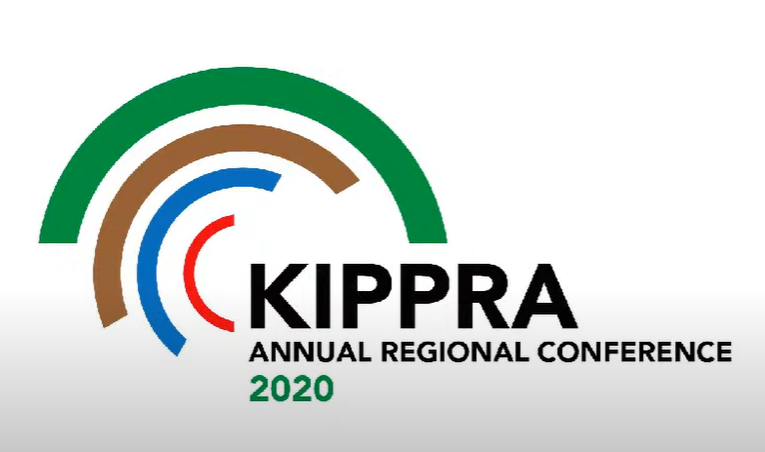Discussion Paper No. 114 of 2010 on Determinants of Regional Disparity in Kenya
Publication Date
2010Author
Type
KIPPRA Publicationsviews
downloads
Metadata
Show full item recordBy
Ng'ang'a, Jacob C. & Njenga, Githinji
Abstract/
Regional disparity is still a key development challenge in Kenya, despite government efforts to reduce it since independence. Given that regional production defines the relative state of a region’s welfare, this study focuses on factors that influence regional investment (both public and private) in accounting for regional disparity in Kenya. These factors include: literacy level, proportion of members of parliament in government, availability of security services, proportion of arable land, electricity connection, access to medical care, financial services, portable water, quality communication and transport infrastructure. The study therefore regresses poverty index, used as a proxy of regional disparity, on these factors. Overall, about half of Kenyans live below the poverty line, and only 38 per cent of the population have adequate access to medical care. The average fertility rate in Kenya is 5.4, with 73 per cent of the population being literate and only 7 per cent connected to electricity. Further, 76.5 per cent and 74.3 per cent of Kenyans travel at least 5Km to the nearest postal services and tarmac road, respectively. Regression results show that regional disparity in Kenya has mainly been as a result of differences in education levels, communication network, and access to medical and financial services across districts. Though better access to water, electricity connection and higher tarmac road density relate positively with increase in a region’s welfare, differences in these factors across regions do not explain regional disparity in Kenya. This implies that the relatively well-off regions in Kenya are not necessarily the areas with better access to water, electricity and tarmac roads. The study therefore recommends policy reforms that prioritize improvement in health, education and financial services in less developed areas. Specifically, the study proposes identification of a critical minimum level of literacy that the government should target to achieve in all districts (counties), with adequate interventions being put to ensure that all regions achieve that level. Similarly, the government should liaise with the private sector to identify appropriate incentives to attract investment in financial services in areas not adequately served by the existing financial institutions. Finally, in addition to improving the overall infrastructure, enhancing communication services through appropriate incentives is a crucial step in reducing regional disparity in Kenya.
Subject/
Infrastructure Development; Regional Disparity; Regional influence; Poverty Indicators
Publisher
The Kenya Institute for Public Policy Research and Analysis (KIPPRA)Series
DP/114/2010;Collections
- Discussion Papers [346]
Related items
Showing items related by title, author, creator and subject.
-
Regional Development Policy 2007
Ministry of Regional Development Authorities (Ministry of Regional Development Authorities, 2007)In order to provide a lasting solution to this problem, there is need to integrate an alternative approach to development that provides a multifaceted and multi- sectoral framework that will foster a more balanced economic ... -
Draft Regional Integration Policy for Kenya
East African Community (East African Community, 2015)Kenya’s regional integration policy takes cognizance of the unique national and regional culture and values to fashion a policy that deepens North-South and South-South linkages and grows Kenya’s linkages with the emerging ... -
4th KIPPRA Annual Regional Conference [Video]
Kenya Institute for Public Policy Research and Analysis (KIPPRA) (6/29/2021)The Kenya Institute for Public Policy Research and Analysis (KIPPRA) is organizing its annual regional conference with focus on the Big Four Agenda



